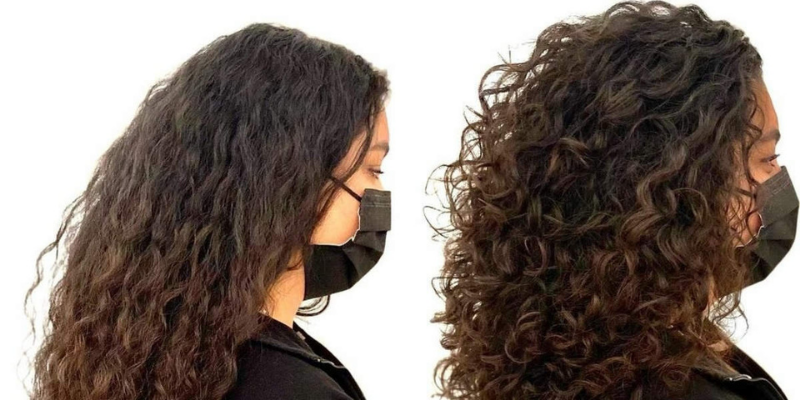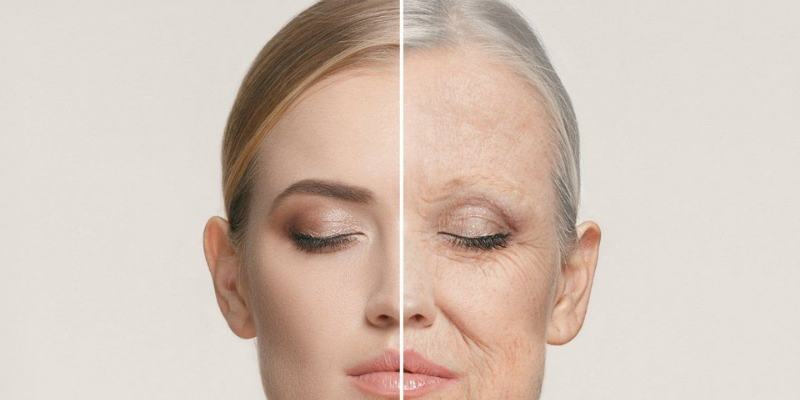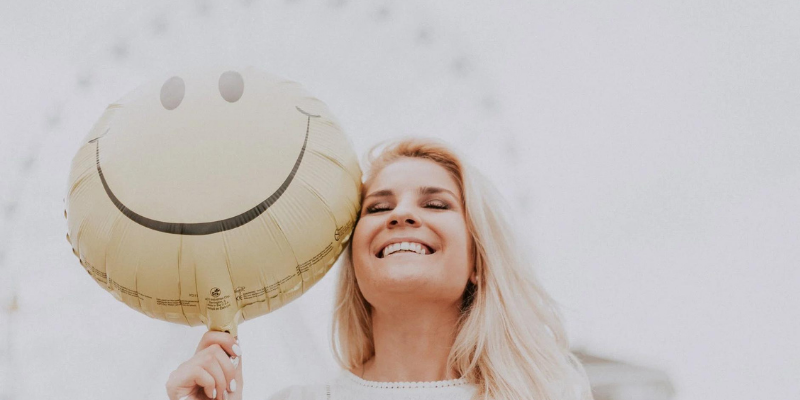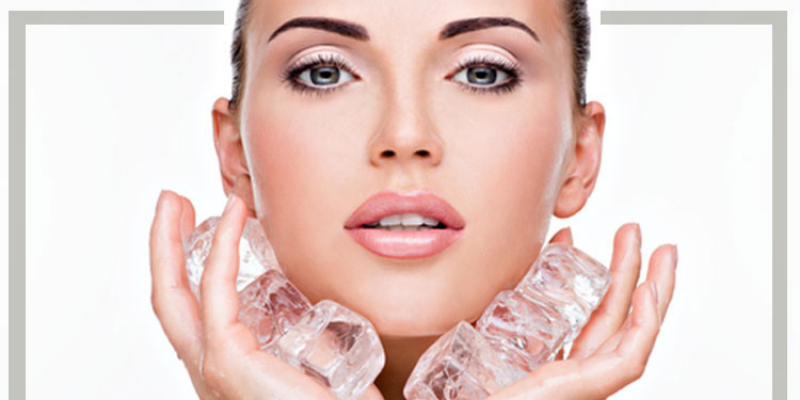When talking about hair that is not straight, people and brands have a tendency to lump curly hair into its own huge category, assuming that every one coil, kinks, curls, and waves could have a one-size-fits-all approach. But anyone with a curl type knows that is far from true—it is a lot of work to identify your curls and expand a routine that actually works.
`
So, how do you identify your curl type? Hairstylist Andre Walker started a curl typing system, which remains used today and provides a way to label the hair types based on texture. It utilizes numbers 1 to 4, with one being straight hair and four being kinky texture and subcategories (A to C). A has the widest diameter or pattern size, and C has the smallest.
It’s plenty to think about and recollect when you are searching for products, looking for new ingredients, and trying to style them. So we requested expert hairstylists to break down the different styles of curls so that you can easily ID your curls, shop better, and style smarter.
Types And products Of Curly Hairs
Curly hair is a term used generically to describe textured hair—from loose waves to Z-shaped coils. But to actually decide your curl type, you have to start with your scalp and look at how the hair follicles grow.
“Curly hair follicles are oval-shaped or asymmetrical, so they invent an elliptical shape responsible for the curl. In straight hair, all the cells in the follicle act together, so the hair grows evenly from the straight follicle in a round shape,” says Gaia Tonanzi, senior brand manager at Curlsmith.
The high-quality time to examine your follicles is when the hair is wet since water weighs down the hair, changing the way it looks compared to dry strands. Tanzi notes that it’s important to remember that most people do not fall into a single curl category and in fact have a couple of styles on their hair.
“The hair on our head grows differently depending on where it is—hair on the back of the neck will have a looser pattern compared to the hair on the front and sides,” she says.
Now that we have got reviewed the curly hair basics, it is time to dive into specifics. Reference the curl type chart below, then keep studying for an in-depth description of every curl type and what type of products to look for.
TYPE 2
Type 2 hair levels from fine to coarse, and consist of anything from messed up texture to diffused curls. The curls hold their shape, but can still easily deflate or be straightened.
2A
2A hair is fine, has a messed up texture, is easy to straighten, and lacks volume at the root, while slightly curling in the direction of the ends. People with this hair type must use “a mild mousse or serums to assist plump and provide the quantity to this hair kind, instead of lotions or oils, which weigh hair down.
2B
2B hair has a flatter crown with greater defined S-form waves beginning from the mid-length, and thicker strands than 2A. According to Di Meo, try a “sea salt texture spray for enhancing the natural texture.
2C
2C hair is where the texture is getting thick, more likely to experience frizzing, and the S-bend starts right from the root and is very nicely defined. It’s crucial to keep this hair moisturized, so Di Meo recommends the usage of a sulfate-free shampoo, which helps not strip natural oils and moisture away. This hair can end with styling lotions layered over mousse to beautify the natural wave pattern, as well as moisturize.
TYPE 3
Type 3 hair ranges from loopy S-pattern curls to tight ringlets.
3A
3A hair tends to have large loose curls. However, the hair is fragile, so make sure to limit touching your hair, which will disturb the curls and create frizz. When the hair is damp, apply a curl cream with defrizzing and moisture properties to assist maintain moisture and reduce frizz while diffusing or air drying.
3B
3B hair types have springy, coarse ringlets that may be more prone to dryness. Products containing humectants work nicely with this hair type because humectants attract moisture to hair strands. Opt for a styling gel containing humectants to give definition and decrease frizz.
3C
Hair type 3C is described by its tight corkscrew curls which can be densely packed together with natural volume. This hair is also impacted by humidity and frizzes quickly. To hold curls from drying out, use a sulfate-free shampoo and layer mousse and styling lotions into moist hair to help curls clump together for a softer, stronger, and more natural curl pattern.
TYPE 4
Type 4 hair has tight, small, kinky curls which are dry, and the texture can vary from fine to coarse.
4A
4A hair types have a visible curl pattern with springy S-formed coils which might be densely packed and require more frequent maintenance to hold coils manageable. Use a curl cream and a leave-in conditioner with moisturizing elements to give the hair proper everyday hydration and to make styling easier.
4B
People with 4B hair have densely packed strands with sharp Z-formed angles rather than coils. Since this hair is especially prone to dryness, Di Meo tells customers to apply mild cleaning conditioners and to depend upon moisture sprays and leave-in conditioners to hold hair hydrated among washes.
4C
4C hair is even extra fragile than 4B hair because of its tight zigzag pattern it’s prone to shrinkage. With this hair type, it is critical to stay away from sulfates that strip and dull the hair. Instead, “search for natural oils like argan, shea butter, and coconut oil, and heavier lotions to maintain this hair kind moisturized.
How to Take Care of Curly Hair
1. Choose Shampoo Wisely
Washing your hair is the primary and major step in any hair care routine irrespective of the hair texture. Washing or cleaning ensures that there may be no dust, extra oil, lifeless skin cells, and product buildup on your scalp.
2. Never Brush Curly Hair
Resist the urge to brush curly hair. Use a wide-toothed comb for your curly hair earlier than shampooing. After washing your hair, certainly, run your arms via your hair. Never ever brush your moist hair as it’s far extra prone to breakage and damage.
3. Use A Very Wide-toothed Comb
Use a wide-toothed comb to get rid of the tangles on your curly hair. Comb from bottom to up to remove the knots if any. Each curl may be considered as a potential breaking point, dealing with gently is the way to go.




